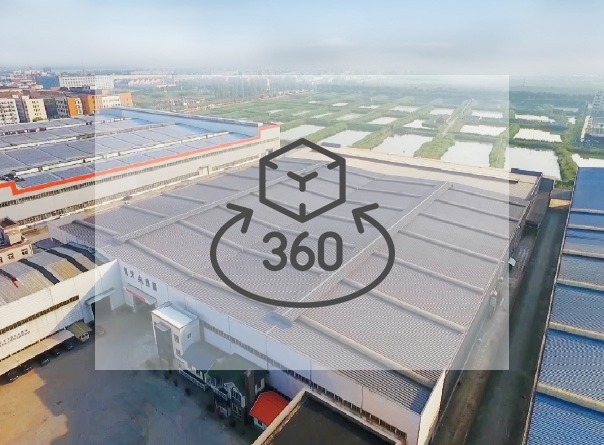The Blueprint for Efficiency: How Prefab Houses Are Redefining Urban Living
The Blueprint for Efficiency: How Prefab Houses Are Redefining Urban Living
In today's rapidly evolving urban landscape, the demand for efficient and sustainable housing solutions has become increasingly urgent. Prefabricated (prefab) houses, manufactured off-site in controlled factory environments, are at the forefront of this transformation, reshaping the way we conceive and inhabit urban spaces.

Challenges of Urban Living
Limited Space: Urban areas are often characterized by limited space, leading to a scarcity of available land for housing construction. This scarcity drives up land prices and necessitates the development of compact housing solutions that maximize space utilization without compromising on comfort or functionality.
Population Density: Urban populations tend to be denser than rural areas, resulting in higher demand for housing within limited geographical areas. This density can exacerbate issues such as traffic congestion, pollution, and strain on infrastructure, highlighting the need for efficient housing solutions that can accommodate a growing urban population.
Environmental Impact: Urban areas contribute significantly to environmental degradation through factors such as increased energy consumption, waste generation, and pollution. Addressing these environmental challenges requires sustainable housing solutions that minimize resource consumption and carbon emissions while maximizing energy efficiency and resilience.

Solutions Offered by PTH Prefab Houses
Prefab houses offer a departure from traditional construction methods by harnessing advanced manufacturing taechniques and assembly line principles.
Modular Design: Prefab houses are inherently modular, consisting of standardized components that can be easily assembled and customized to fit a variety of urban spaces. This modular design allows for flexibility in layout and configuration, making it possible to adapt prefab houses to the constraints of dense urban environments while maximizing usable living space.

Vertical Integration: In response to limited horizontal space, prefab houses can be designed to capitalize on vertical space through multi-story configurations. By stacking modular units vertically, prefab houses can accommodate multiple dwelling units within a smaller footprint, making them ideal for urban infill development and high-density housing projects.
Transportability: Prefab houses are often designed to be transportable, allowing for off-site construction and assembly in urban areas where space for on-site construction may be limited or inaccessible. This transportability not only facilitates efficient logistics but also minimizes disruption to surrounding urban infrastructure and communities during construction.
Sustainable Features: Many prefab houses incorporate sustainable features such as energy-efficient appliances, passive solar design, rainwater harvesting systems, and green roofs to reduce environmental impact and enhance resilience to urban conditions. These features not only contribute to lower operating costs for homeowners but also promote a more sustainable urban lifestyle.
Case Study: Prefab Housing Project in Urban Center
For example, PTH House recently completed a prefab housing project, a densely populated urban center facing a shortage of affordable housing. By leveraging modular design principles and sustainable technologies, PTH House was able to deliver a high-quality housing solution that met the unique needs of urban residents while minimizing environmental impact.
The project consisted of a multi-story prefab housing complex comprising modular units that were prefabricated off-site and transported to the urban center for assembly. The modular units were designed to maximize usable living space within a compact footprint, featuring open floor plans, high ceilings, and ample natural light to create a sense of spaciousness and comfort.
Furthermore, the housing complex incorporated sustainable features such as rooftop solar panels, energy-efficient appliances, and rainwater harvesting systems to reduce energy consumption and promote environmental sustainability. By providing affordable, energy-efficient housing in the heart of the city, the prefab housing project not only addressed the pressing need for urban housing but also demonstrated the potential of prefab houses to transform urban living for the better.







 English
English Español
Español 中文简体
中文简体 Français
Français عربى
عربى










